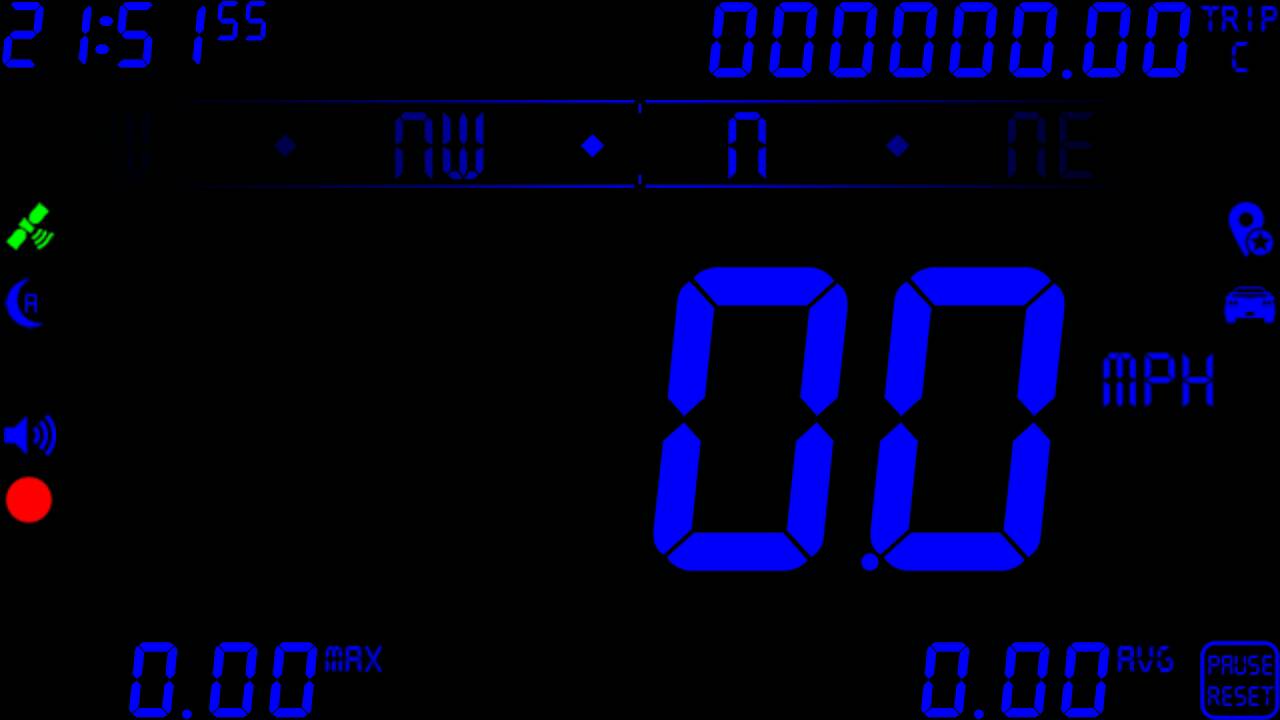I saw a review of the free version of DigiHUD today that mentioned the maximum value of the trip counters. Here’s Ryan Scott’s review:
Really like this app and use it exclusively to accurately log mileage on my Dodge diesel to track mpg’s. I only give it 4 stars due to trip meters only reading in the thousands. I would consider paying for the pro version if the trip meters read higher.
I realised that it’s not in the description or the app itself what the maximum values are, for either the free or Pro version. It’s impossible to put everything that the app can do into the description because of the character limit.
Putting it all in the app itself is either too late (because it won’t be installed if you don’t know about some ‘killer feature’) or it just won’t be seen. Nobody wants to read a huge pile of text about what the app can do or how to use it, I get that, and apps should be intuitive and not need instruction manuals. You probably don’t want to see a huge window open when you start the app listing its features and giving instructions on how to use it.
Here’s a Pro screenshot showing how the values can be set to show greater precision and also the number of digits the trip counters can have. That’s a million miles/kilometres.

Trip counter showing optional leading zeros
It’s worth mentioning that the free version also shows some values to two decimal places when in landscape view.
